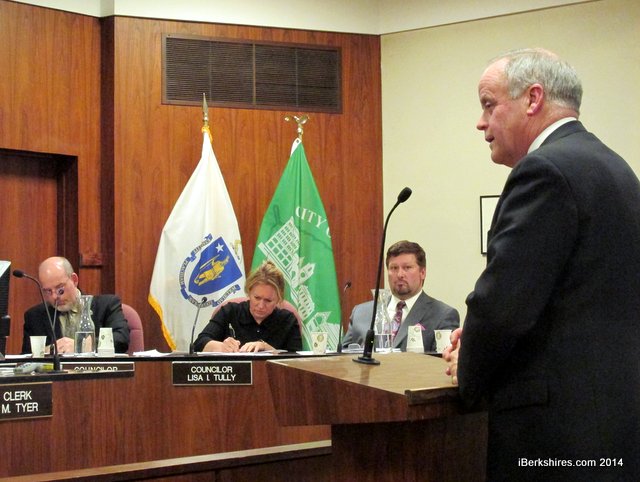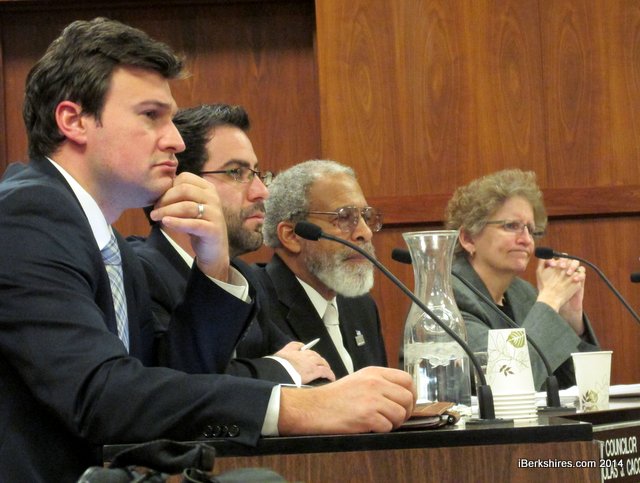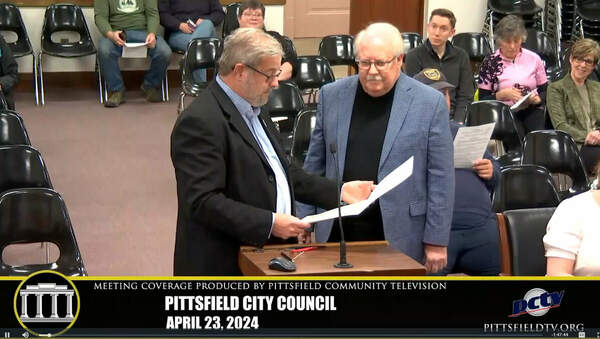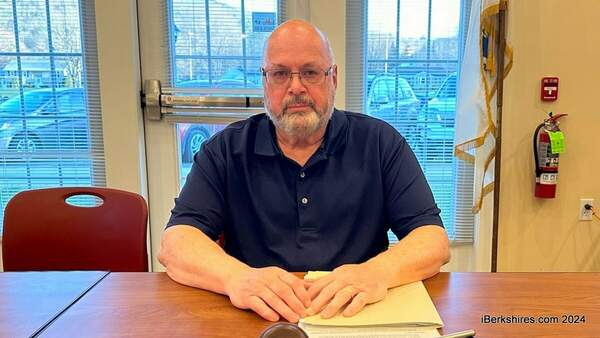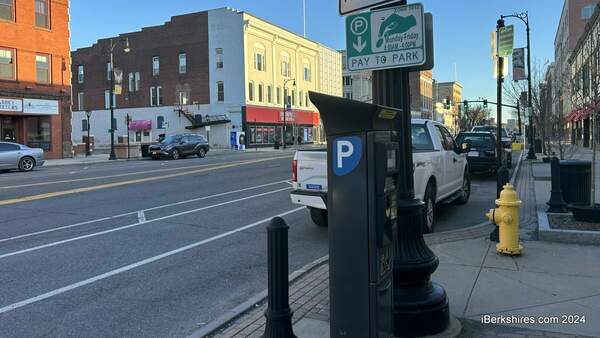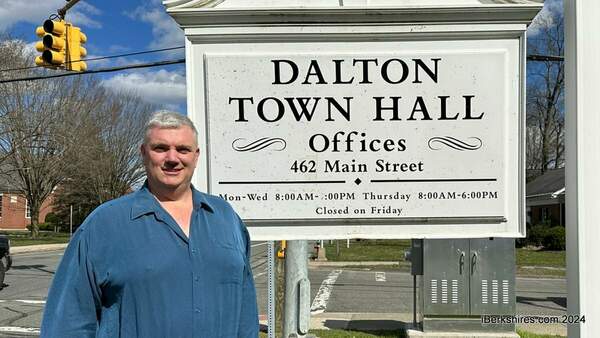Pittsfield Council Prepared To Offer $1 Million Incentive For Rail Company
|
Corydon Thurston outlined PEDA's commitment to the project so far, which includes offering $1 million of their funds and meeting with the companies. |
PITTSFIELD, Mass. — The City Council is prepared to offer $1 million in incentives to lure in a major rail manufacturing operation.
The state has issued a request for proposals for a company to build new rail cars for the Massachusetts Bay Transit Authority with the requirement that they be built in Massachusetts.
The Pittsfield Economic Development Authority has aggressively went after luring in that contract, which could value $850 million and provide some 250 jobs, by offering $1 million of their own funds to help offset construction cost of the building.
On Tuesday Mayor Daniel Bianchi asked the City Council for $1 million more from the General Electric Economic Development Fund, a fund created through a settlement with G.E. aimed to redevelop the land.
The $1 million will go as an incentive to further offset start up costs at the William Stanley Business Park for whichever company wins the contract.
That fund, however, has strict restrictions including asking for firms to submit business plans, the jobs pay at least $35,000 a year and other specific information. Currently there are nine companies vying for the contract so the council won't have those details until much later in the process.
But that isn't stopping the council from offering it. The mayor's request was sent to the Committee on Community and Economic Development to draft a proposal that allows the money to be an incentive provided the specifics are provided when a firm is selected.
"We need to act very quickly and show these companies that we mean business," Councilor at large Barry Clairmont said.
Clairmont also wants to make sure there are specifics and an expiration date are included in the proposal to ensure they get what they want out of the incentive. The fund, which began as $10 million, carries emotions among residents because of the city's relationship with G.E.
"People are very, very concerned about this money. This is sacred money," Clairmont said.
While the money has many specific restrictions on how it can be spent, Vice President Christopher Connell says the money is losing value sitting in a low-interest bearing bank account. He called on the council to "seize the opportunity" and go after the contract.
"We need to be aggressive," he said.
PEDA Executive Director Corydon Thurston said the city is well positioned to reel in a company. He said three companies have already toured sites in the Berkshires. By upping the incentive, PEDA would be able to court the other companies seeking the contract, he said.
|
The Council was asked to contribute $1 million from the G.E. Economic Development Fund. |
Additionally, Bianchi said the city has been working with potential suppliers of materials for the manufacturing.
"I think this is a tremendous opportunity to show prospective companies that we are interested," Bianchi said. "What we are trying to do is have a number that represents a solid commitment from the City Council and city government."
Despite the council voicing favorably of increasing the incentive, they agreed to follow the restrictions on the rules and send it to the subcommittee, who will work through the details.
"We need to stop for for business... This is economic development. This means jobs," said Ward 2 Councilor Kevin Morandi.
The mayor and Community Development Director Douglas Clark had hoped that because of the councilor's support they would have waived the rule to send it to committee and instead authorize to earmark the money on Tuesday night. Clark said the final negotiations are a ways off so the funds would remain earmarked and the details would be sorted later.
Bianchi added that a quick turnaround from the council will help show companies that they city wants the contract.
Multiple councilors spoke highly of not only the opportunity to reel in such a company and contract but also of the economic development agencies working on the project.
"Whatever we can do to help this project move forward, we will," said Councilor at large Kathleen Amuso said.

